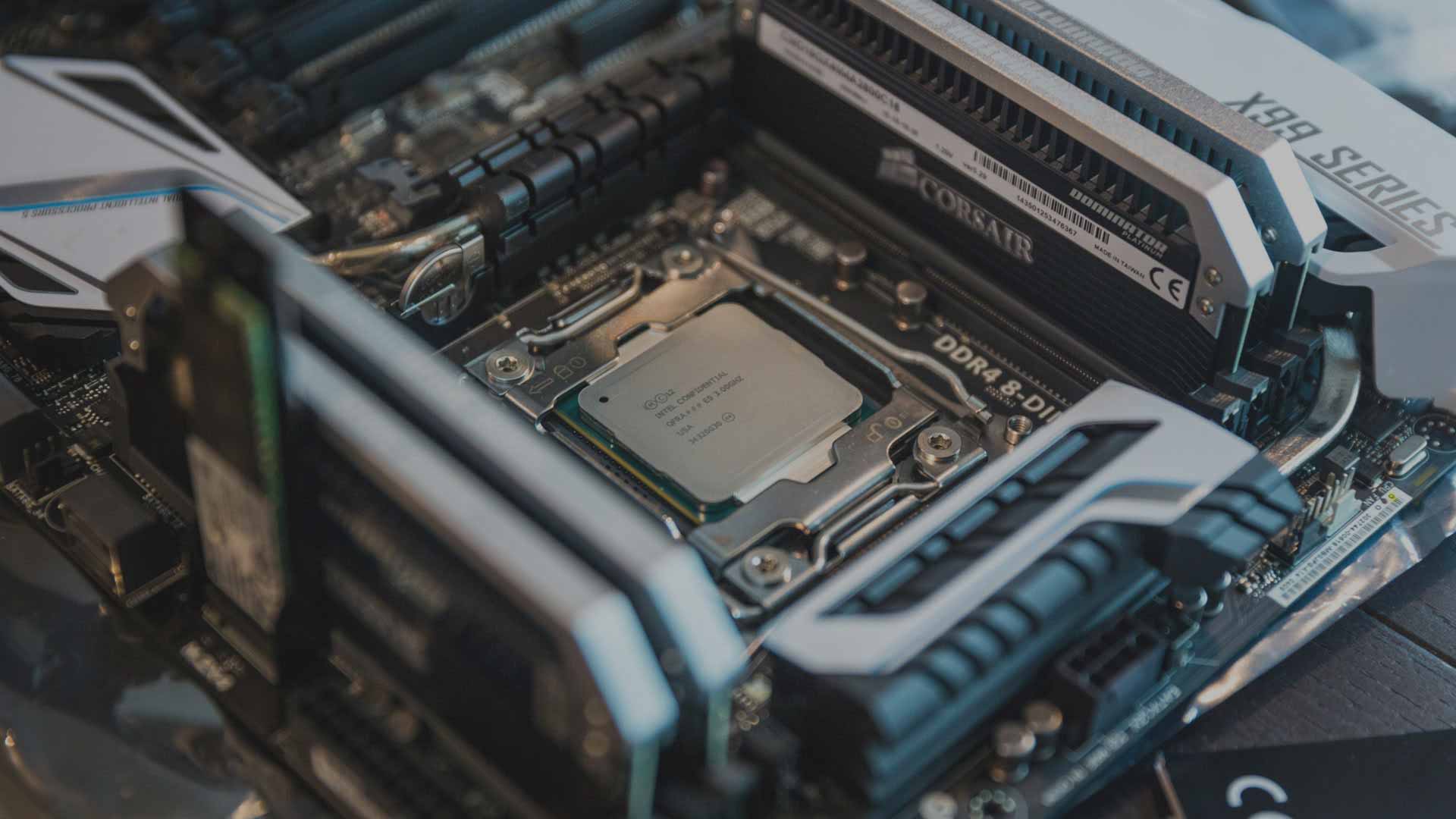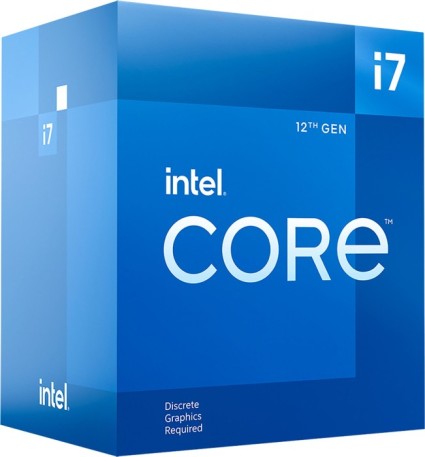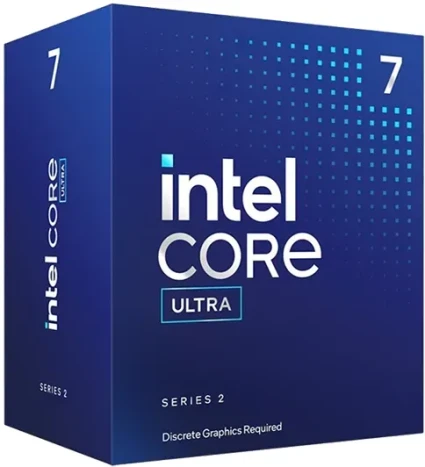
Intel Core i7-12700F vs. Intel Core Ultra 7 265F
In diesem Vergleich von Intel Core i7-12700F versus Intel Core Ultra 7 265F vergleichen wir die technischen Daten der beiden CPUs. Welcher Prozessor ist schneller? Hier gibt es FPS & Benchmarks in Gaming und Anwendungen.

Allgemeine Informationen
| Günstigster Preis |
|
|
| Serie | Intel Core i-12000 | Intel Core Ultra 200 |
| Chip-Architektur | Golden Cove (P-Core) + Gracemont (E-Core) | Lion Cove (P-Core) + Skymont (E-Core) |
| Codename | Alder Lake-S | Arrow Lake-S |
| Produktname | Intel Core i7-12700F | Intel Core Ultra 7 265F |
Spezifikationen
Die Anzahl der Rechenkerne, die maximale Taktrate und die Größe des Cache können sich auf die Leistung in Spielen und Anwendungen auswirken. Mit 12 Kernen bietet der Intel Core i7-12700F deutlich weniger Kerne als der Intel Core Ultra 7 265F mit 20 Rechenkernen. Der maximale Takt liegt beim Intel Core i7-12700F mit 4.90 GHz etwas niedriger als beim Intel Core Ultra 7 265F mit 5.30 GHz.
| Kerne (Gesamt) | 12 | 20 |
| Anzahl P-Cores | 8C | 8C |
| Anzahl E-Cores | 4c | 12c |
| Basis-Takt | 2.10 GHz | 2.40 GHz |
| Takt P-Cores | 2.10 GHz | 2.40 GHz |
| Takt E-Cores | 1.60 GHz | 1.80 GHz |
| Turbo-Takt | 4.90 (Turbo Boost Max 3.0) GHz | 5.30 (Turbo Boost Max 3.0) GHz |
| Turbo P-Cores | 4.90 (Turbo Boost Max 3.0) GHz | 5.30 (Turbo Boost Max 3.0) GHz |
| Turbo E-Cores | 3.60 GHz | 4.60 GHz |
| Gesamter L2-Cache | 12 MB | 36MiB MB |
| Gesamter L3-Cache | 25 MB | 30MiB MB |
| Fertigung | Intel 7 | TSMC 3 nm |
| Rechenleistung | - | - |
| Leistungsaufnahme (TDP) | 65W (Processor Base Power) 180W (Maximum Turbo Power) |
65W (Processor Base Power) 182W (Maximum Turbo Power) |
Mainboard-Kompatibilität
Während der Intel Core i7-12700F den Intel 1700 Sockel nutzt, ist der Intel Core Ultra 7 265F mit Mainboards für den Sockel Intel 1851 kompatibel. Die genaue Chipsatz-Eignung und die unterstützten PCIe-Lanes können Sie der Tabelle entnehmen.
| Sockel | Intel 1700 | Intel 1851 |
| Chipsatz-Eignung | B660, B760, H610, H610E, H670, H770, Q670, Q670E, R680E, W680, Z690, Z790 | Z890 |
| PCIe-3.0-Lanes | - | - |
| PCIe-4.0-Lanes | 4x | - |
| PCIe-5.0-Lanes | 16x | 24x (verfügbar: 20) |
RAM-Kompatibilität
Während Sie beim Intel Core i7-12700F bis zu 128 GB vom Typ DDR4/DDR5 im Dual Channel verbauen können, unterstützt der Intel Core Ultra 7 265F bis zu 192 GB DDR5 Arbeitsspeicher.
| Speicher-Controller | DDR4/DDR5 | DDR5 |
| Anzahl Speicherkanäle | Dual Channel | Dual Channel |
| max. Speichermenge | 128 GB | 192 GB |
| ECC-Unterstützung | - | - |
Grafik
| iGPU | - | - |
| iGPU-Modell | - | - |
| iGPU-Takt | - | - |
| iGPU-Einheiten | - | - |
| iGPU-Rechenleistung | - | - |
| iGPU-Architektur | - | - |
| iGPU-Interface | - | - |
| iGPU-Funktionen | - | - |
Sonstiges
| Freier Multiplikator | - | - |
| Stepping | C0, Spec Code: SRL4R | B0, Spec Code: SRQCV |
| Heatspreader-Kontaktmittel | Metall/verlötet | - |
| Temparatur max. | 100°C (Tjunction) | 105°C (Tjunction) |
| Fernwartung | - | - |
| Einführung | 2022/Q1 (4.1.2022) | 2025/Q1 (13.1.2025) |
| Herstellergarantie | 3 Jahre bei Intel® Boxed-Prozessoren (Info DE/Info EN) | 3 Jahre bei Intel® Boxed-Prozessoren (Info DE/Info EN) |
CPU-Funktionen
| AES-NI | ✓ | ✓ |
| AVX | ✓ | ✓ |
| AVX2 | ✓ | ✓ |
| Boot Guard | ✓ | ✓ |
| CET | ✓ | ✓ |
| DL Boost | ✓ | ✓ |
| EIST | ✓ | ✓ |
| GNA 3.0 | ✓ | - |
| Idle States | ✓ | ✓ |
| Instruction Set | ✓ | ✓ |
| ISM | ✓ | ✓ |
| MBEC | ✓ | ✓ |
| Optane Memory Support | ✓ | - |
| OS Guard | ✓ | ✓ |
| Secure Key | ✓ | ✓ |
| Speed Shift | ✓ | ✓ |
| SSE4.1 | ✓ | ✓ |
| SSE4.2 | ✓ | ✓ |
| Thermal Monitoring | ✓ | ✓ |
| VMD | ✓ | ✓ |
| VT-d | ✓ | ✓ |
| VT-x | ✓ | ✓ |
| VT-x EPT | ✓ | ✓ |
| XD Bit | ✓ | ✓ |

